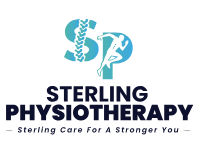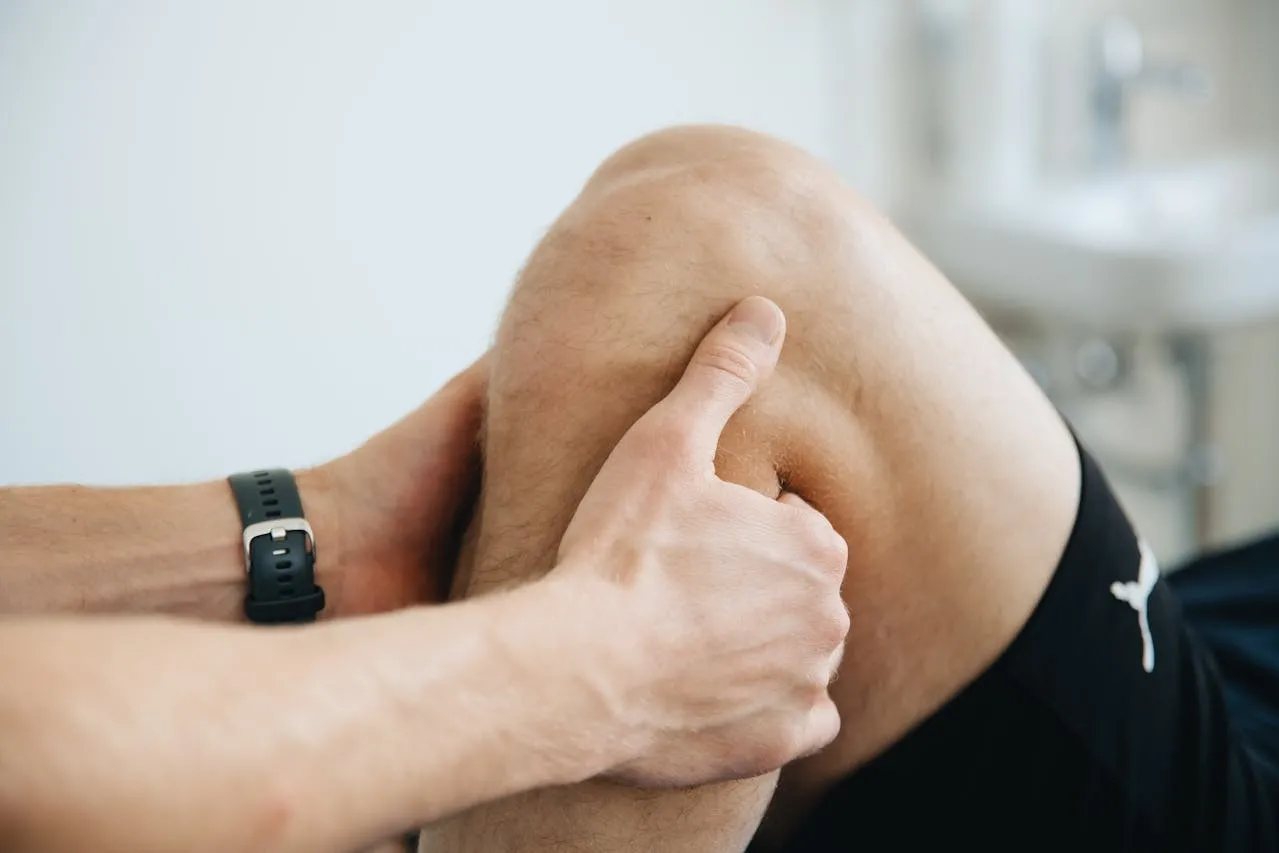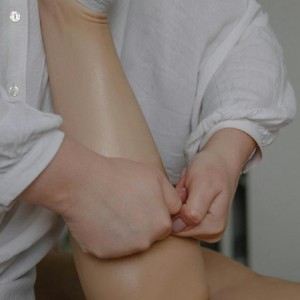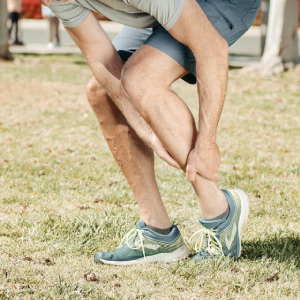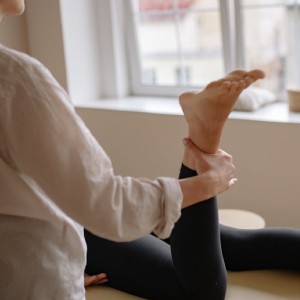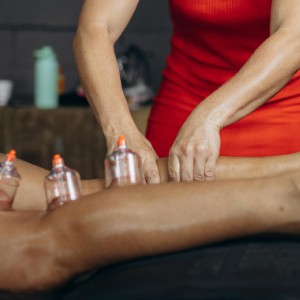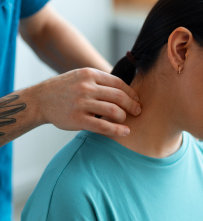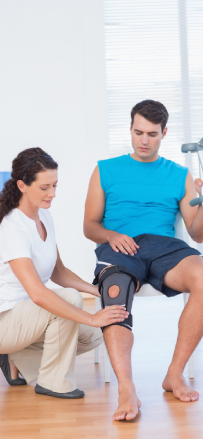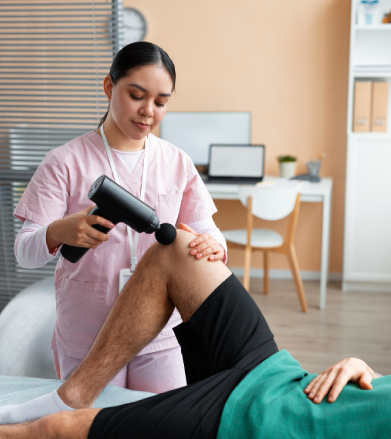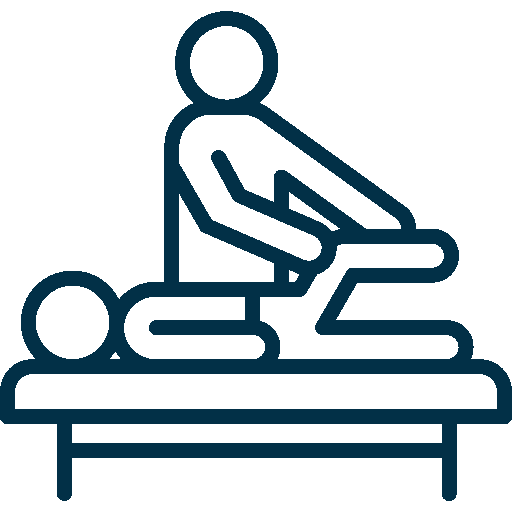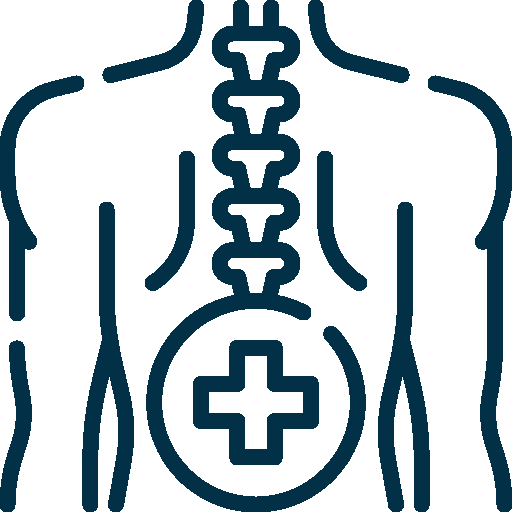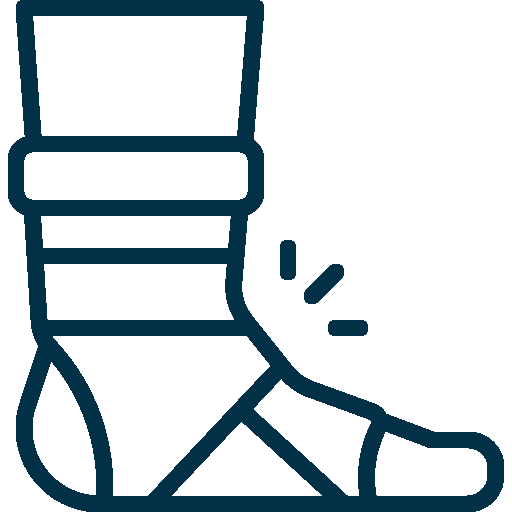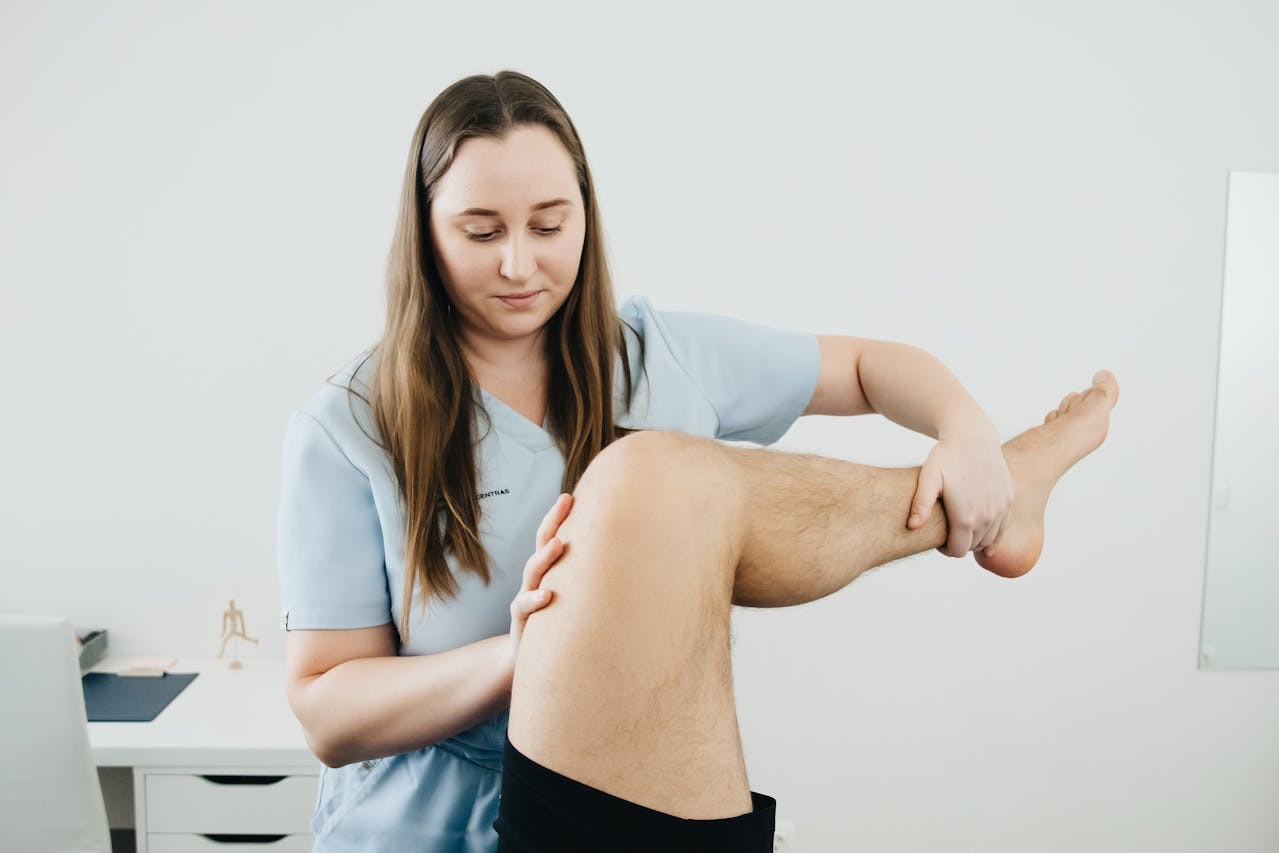Common Causes of Shin Splints
- Overuse: Repeated stress from running or jumping activities.
- Sudden Activity Increase: A rapid increase in training intensity or duration.
- Improper Footwear: Shoes lacking proper support or cushioning.
- Flat Feet or High Arches: Foot mechanics that increase strain on the shins.
- Running on Hard Surfaces: Such as concrete or uneven terrain.
- Poor Technique: Incorrect running or training form.
Symptoms of Shin Splints
Key signs of shin splints include:
- Pain Along the Shinbone: Usually on the inner edge, aggravated by activity.
- Tenderness or Soreness: Felt when pressing on the shin.
- Swelling: Mild inflammation in the lower leg.
- Discomfort During Exercise: Pain that worsens with physical activity but improves with rest.
If left untreated, shin splints can lead to more serious conditions such as stress fractures.

